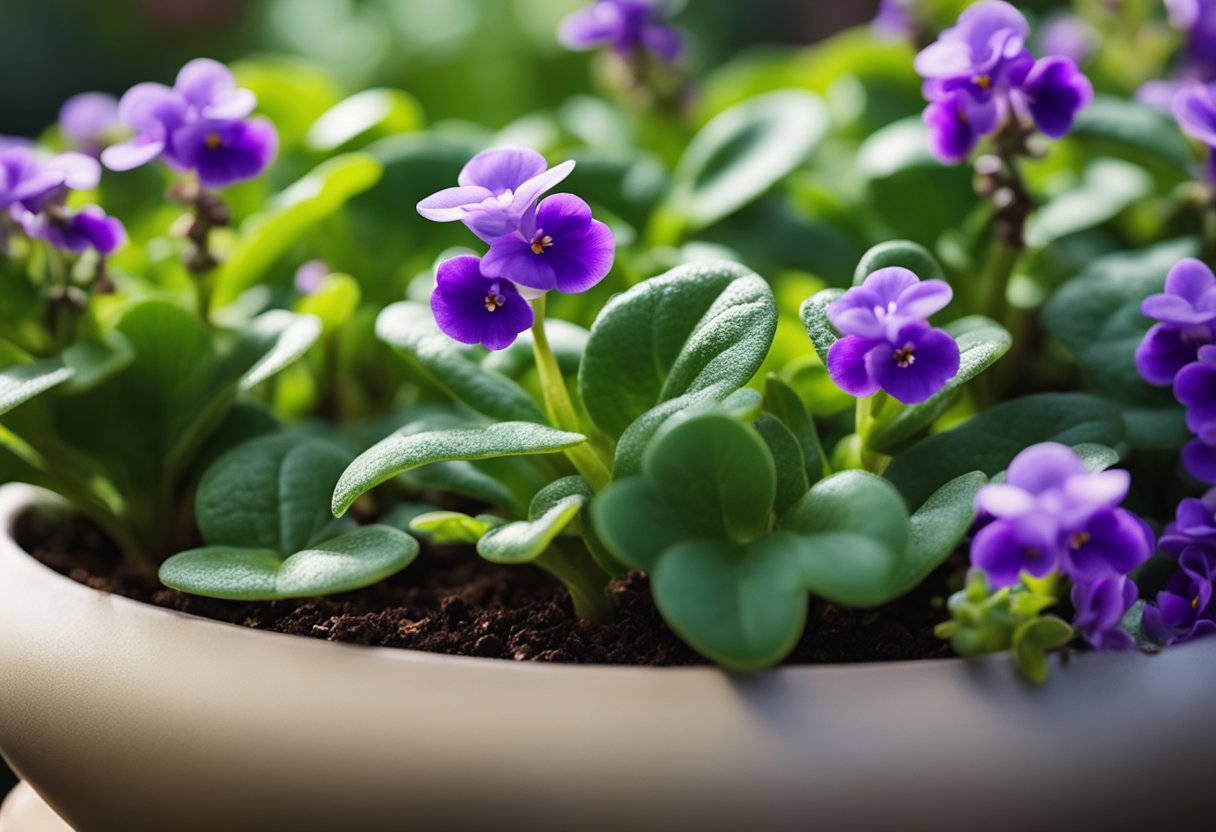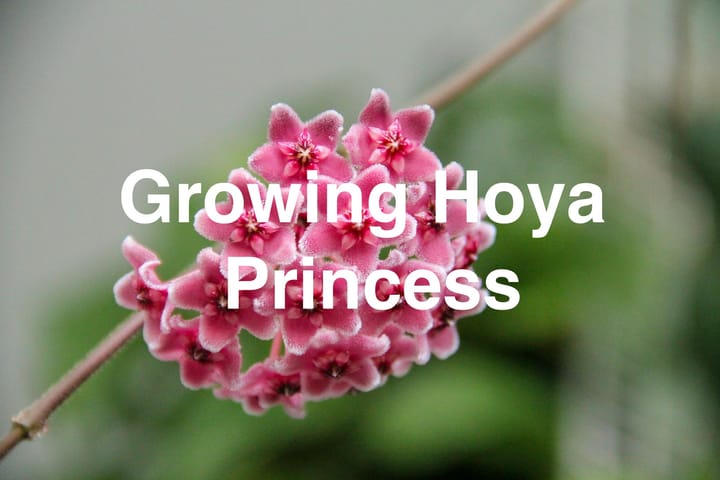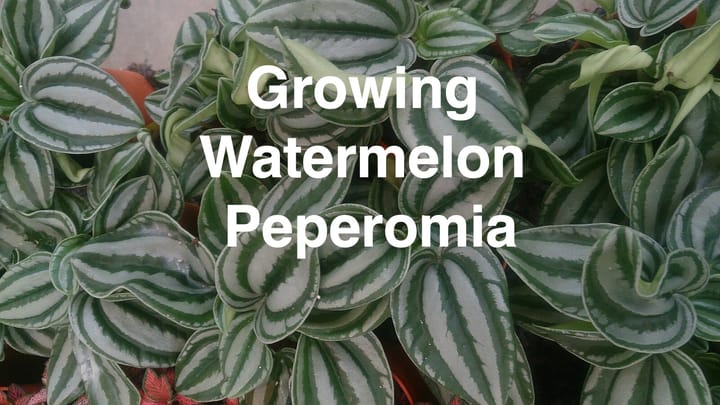How to Grow African Violets
African violets, native to East Africa, are among the most popular houseplants due to their vibrant purple, pink, and white blossoms.

Table of Contents
Delightfully compact, these colorful plants can brighten any indoor space when properly cared for.
Understanding the unique needs of African violets is crucial, as they require precise soil, light, and watering conditions to thrive.
This article will guide you through the key aspects of growing and maintaining these beautiful plants in your home.
About African Violets

African violets (Saintpaulia ionantha) are perennial houseplants from the Gesneriaceae family, native to Tanzania and East Africa.
These popular flowers are known for their compact, low-growing nature and ability to bloom several times a year, featuring purple, pink, or white blossoms.
The leaves of African violets are as unique as their flowers, coming in various shapes and patterns.
As a houseplant, they require specific care, including a slightly acidic to neutral soil pH and partial sun exposure.
By providing the right environment and care, you can enjoy the beauty of these plants in your home.
Growing African Violets
When planting African violets, begin by selecting the right pot and soil. Small pots or containers are preferred, as these plants have shallow root systems.
Use a well-draining African violet soil mix consisting of equal parts potting soil, peat moss, and perlite or vermiculite.
It's essential to provide adequate lighting for your African violets; place them 3 feet from a south- or west-facing window to ensure they receive sufficient light.
Should natural light be insufficient for eight hours daily, supplement with artificial light, such as fluorescent lights.
Propagation or germination is crucial when planting African violets.

To propagate, take a leaf from an existing plant and place it in water to sprout the cutting.
If germinating from seeds, place them on the soil surface and cover them with a thin layer of perlite.
Keep the seeds moist by covering the container with plastic wrap, allowing for proper germination.
Once your African violets have grown and require more space, transplant them carefully into their pots, ensuring optimal growth and development.

Caring for African Violets
Sun and Temperature
African violets thrive in bright, indirect light, making them ideal houseplants.
Keep your plant in a location with consistent temperatures between 60-80 degrees Fahrenheit to maintain optimal growth and blooming.
Water and Humidity
Water your African violets carefully, as they are sensitive to overwatering and prefer slightly moist soil.
Maintain a high humidity level by placing a tray of water near the plant or using a spray bottle to mist the leaves gently.
Soil
A well-draining potting mix is essential for your African violets' health. Use equal peat moss, vermiculite, and perlite to create a suitable potting mix.
Fertilizer
Feed your African violets regularly with a balanced nitrogen, phosphorus, and potassium fertilizer.
This will ensure healthy growth and consistent flowering.

Repotting
African violets must be repotted annually to provide fresh nutrients and prevent salt buildup.
Choose a container with a diameter measuring no more than a third of the plant's leaf span.
Pruning and Propagation
Regularly remove dead or damaged leaves to keep your plant healthy.
Place leaf cuttings or seeds in a suitable growing medium to propagate your African violets.
Troubleshooting Plant Problems
Growing Problems
If your African violet leaves are curling under, it could be due to cold air or direct sunlight.
To fix this issue, keep your plant away from drafts and windows that receive direct sunlight.
Another growing problem could be inadequate watering, too little or too much, which might lead to root rot.
Keep the soil moist but not overly wet, and avoid getting water on the leaves.

Pests and Diseases
African violets are susceptible to pests like mealybugs, small insects that appear as cotton-like specks on leaves and stems.
To control mealybugs, inspect your plant regularly and remove them manually or with a cotton swab dipped in rubbing alcohol.
Diseases such as crown and root rot can also affect your African violet. To prevent these diseases, provide proper drainage and avoid over-watering your plant.
Companion Planting
In locations like Kenya, companion planting can help prevent pests and diseases from affecting your African violets.

Choose compatible plants with similar growing requirements, like indirect sunlight and consistent soil moisture.
Examples include other gesneriad plants, ferns, or mosses that can create a miniature ecosystem, offering protection and balance in your African violet's environment.
Conclusion
African violets are beautiful and popular houseplants that can thrive in your home with proper care.
To grow healthy African violets, maintain a temperature between 65°F and 80°F in a humid environment with around 80% humidity.
Ensure you water them carefully using room temperature water, as consistency is crucial for their growth.
Monitor light levels and provide adequate natural light, or use a grow lamp.
Frequently Asked Questions
What type of potting mix is best for African Violets?
A lightweight potting mix with high amounts of perlite, vermiculite, and sphagnum peat moss is ideal for African Violets.
Alternatively, you can use a specially formulated African violet potting mix.
How often should I water African Violets?
Water your African Violets when the soil starts to feel dry. Avoid over-watering; instead, aim to keep the soil moderately moist.
What is the optimal light requirement for African Violets?
African Violets require bright, indirect light to thrive. Place them near a window with filtered sunlight for the best results.
What type of fertilizer should I use for African Violets?
Use a balanced, water-soluble fertilizer specially formulated for African Violets. Apply it according to the instructions on the product label.
When is the right time to repot African Violets?
Repot your African Violets when the plant becomes root-bound or the potting mix has become compacted. Generally, repotting every year or two is recommended.
How can I propagate my African Violets?
To propagate African Violets, carefully separate a healthy leaf from its stem from the mother plant.
Place the stem in a small pot with moist, well-draining soil and cover it with a plastic bag to retain humidity. In a few weeks, new plantlets will emerge.



